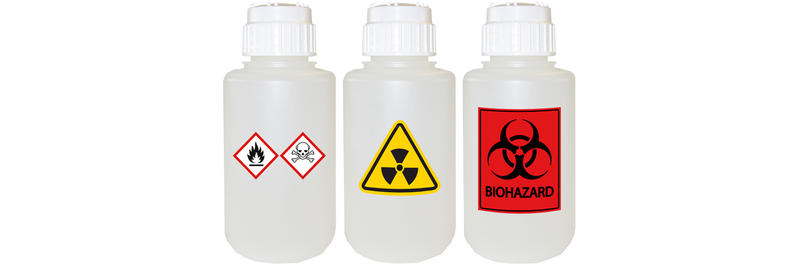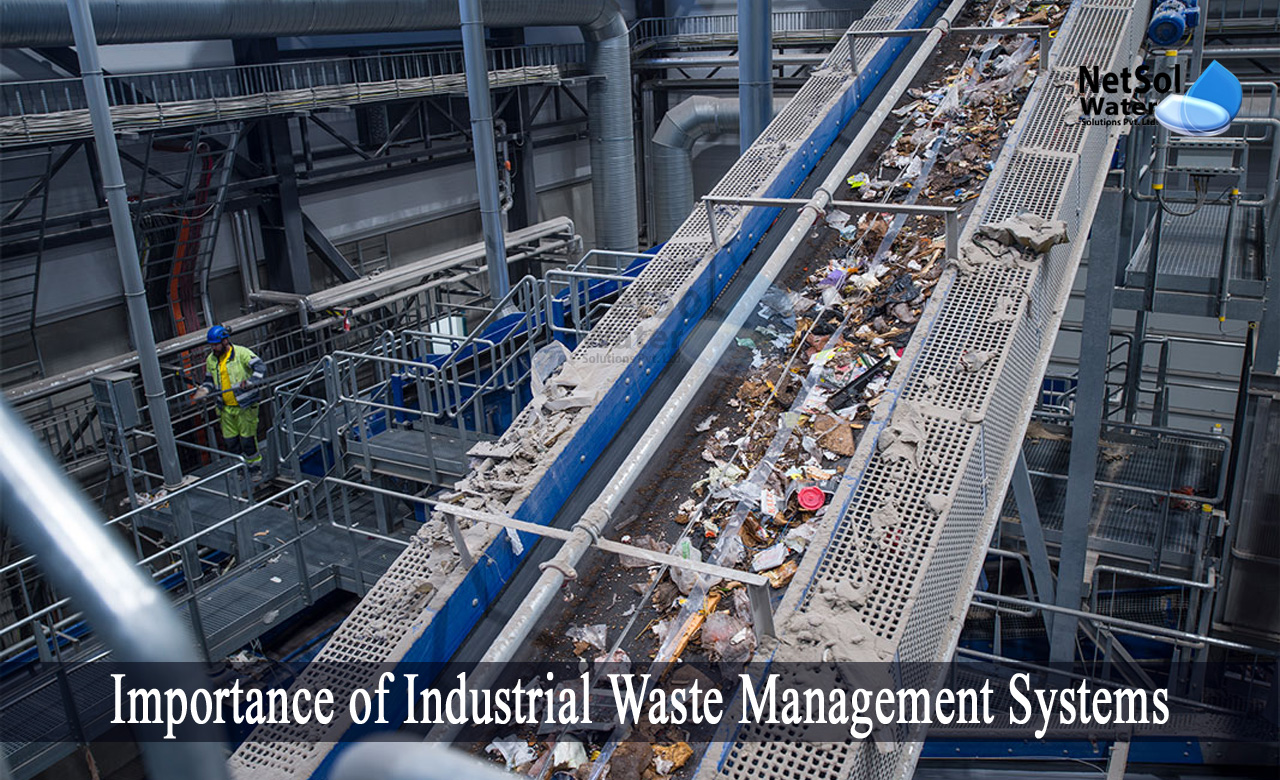The Buzz on Reclaim Waste
The Buzz on Reclaim Waste
Blog Article
The Buzz on Reclaim Waste
Table of ContentsGetting My Reclaim Waste To WorkAn Unbiased View of Reclaim WasteReclaim Waste Things To Know Before You BuyThe smart Trick of Reclaim Waste That Nobody is Talking AboutThe Ultimate Guide To Reclaim Waste
Residential sewer waste refers to the waste and products from a residential septic container. The proper monitoring and disposal of domestic sewer waste call for liquid waste to be moved to a sewage therapy plant where the appropriate methods and equipment are used to purify and dispose of waste.
Industrial waste typically includes possible hazards, such as combustible products or a blend of liquid and strong waste products, and requires a more innovative and thorough disposal process. The disposal of industrial waste normally entails the filtering of waste prior to transport to make sure risk-free and proper disposal. Industrial waste is developed from results and drainage of industrial procedures and production.
This type of waste can not utilize the very same sewage management transport or procedures as septic or commercial liquids. The hazardous waste administration procedure requires the assessment and screening of liquid waste before it goes through the disposal procedure (liquid waste disposal melbourne). Runoff waste is the liquid waste that comes from runoff and excess stormwater in very inhabited locations or cities
Drainage waste can cause contamination and flooding if not managed properly. Making sure correct waste monitoring can stop disasters and minimize ecological damage.
4 Simple Techniques For Reclaim Waste
Call PROS Solutions today to learn more about our waste monitoring and disposal solutions and the correct methods to look after the liquid waste you produce.
(https://www.huntingnet.com/forum/members/reclaimwaste1.html)This supposed 'wastewater' is not only an essential resource yet, after therapy, will certainly be released to our land, rivers or the ocean. Made use of water from toilets, showers, baths, kitchen area sinks, laundries and industrial processes is understood as wastewater.

water utilized to cool machinery or tidy plant and tools). Stormwater, a kind of wastewater, is overflow that moves from farming and city areas such as roofs, parks, yards, roadways, paths and seamless gutters right into stormwater drains, after rain. Stormwater moves neglected straight to neighborhood creeks or rivers, at some point reaching the sea.
The Best Guide To Reclaim Waste
In Queensland, many wastewater is treated at sewage therapy plants. Wastewater is delivered from residential or commercial websites via a system of sewage systems and pump terminals, recognized as sewerage reticulation, to a sewer therapy plant. City governments build, maintain and operate most sewer therapy plants. Operators are licensed under the Environmental Security Act 1994 to discharge cured wastewater at an appropriate environmental criterion right into rivers.
The Department of Natural Resources encourages neighborhood federal governments regarding managing, operating and preserving sewage systems and therapy plants. In unsewered locations, city governments might require householders to mount individual or home sewage therapy systems to deal with residential wastewater from toilets, kitchen areas, washrooms and washings. The Division of Natural Resources authorizes using home systems when they are proven to be reliable.
In some brand-new class, treatment of some stormwater to remove clutter, sand and crushed rock has actually begun utilizing gross pollutant catches. Wastewater treatment happens in 4 phases: Removes strong matter.
Wastewater then streams right into large containers where solids work out and are gotten rid of as sludge. Grease and scum are skimmed from the surface. Uses tiny living microorganisms called micro-organisms to break down and remove remaining dissolved wastes and great fragments. Micro-organisms and wastes are included in the sludge. Removes nitrogen and phosphorus nutrients that might create algal blooms in our rivers and endanger marine life.
All about Reclaim Waste
Nutrient removal is not available at all sewage treatment plants because it requires expensive specialised tools. It is becoming more common in Queensland. Clear liquid effluent created after treatment may still contain disease-causing micro-organisms. If this effluent is released right into rivers such as rivers or the sea, the micro-organisms will eventually die out.

This normally suggests wastewater has actually to be dealt with or impurities removed before it can be discharged to rivers. Most wastewater streams into the sewage system. Under the Act, local federal governments administer authorizations and permits for environmentally pertinent activities (Periods) involving wastewater launches that could have a local influence. The department administers authorizations and permits to Periods involving wastewater launches that may have a regional or statewide impact.
The smart Trick of Reclaim Waste That Nobody is Discussing
Or else, samples are taken for research laboratory evaluation. Usually lots of examinations are required to establish the levels of each of the different toxins such as oils, hefty steels and pesticides in water. Tracking supplies valid information regarding water high quality and can validate that permit conditions are being satisfied. The info gotten via monitoring offers the basis for making water quality decisions.
Report this page